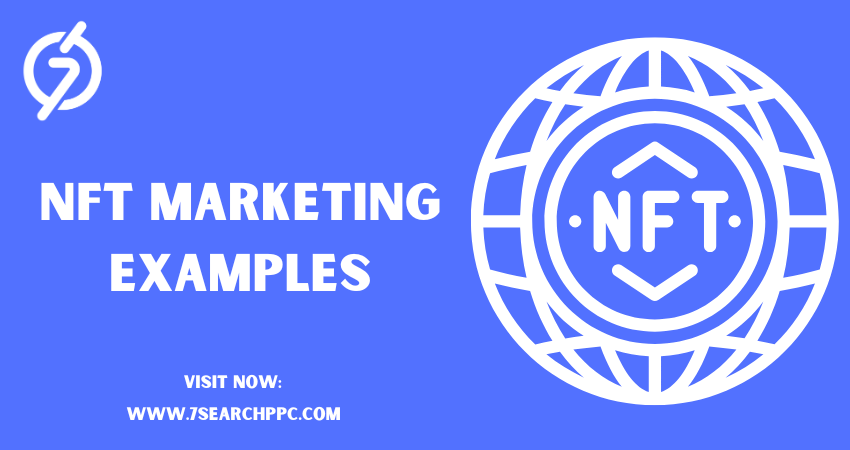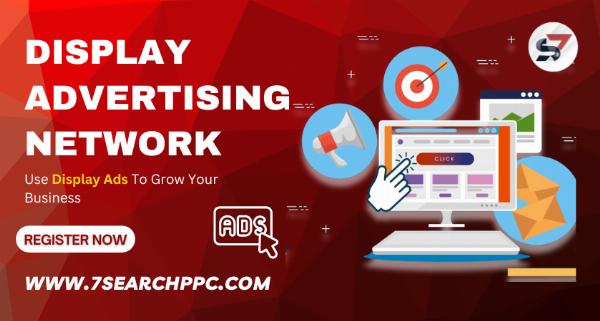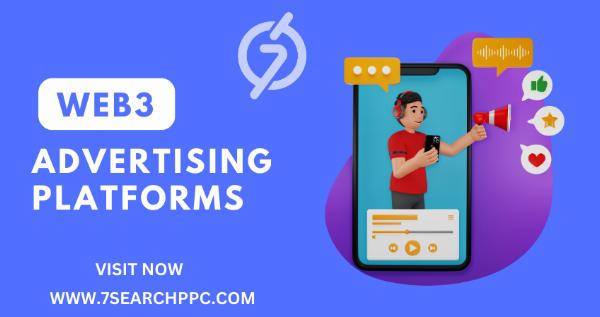Banner Advertising: Definition and How It Works

Strong 8k brings an ultra-HD IPTV experience to your living room and your pocket.
Banner advertising, also known as display advertising, is one of the most prominent forms of online marketing. It involves the use of graphical advertisements that appear on web pages, aiming to attract visitors to click on them and be redirected to a specific landing page or website. In this blog, we will delve deep into the concept of banner advertising, its history, how it works, and best practices to make your banner ads successful.
What is Banner Advertising?
Definition of Banner Advertising
Banner advertising refers to the use of rectangular graphic displays that stretch across the top, bottom, or sides of a website. These ads can include images, text, and even interactive elements such as videos or animations. They are designed to catch the viewer's attention and encourage them to engage with the advertisement by clicking on it.
History of Banner Advertising
Banner advertising has been around since the early days of the internet. The first ever banner ad appeared in 1994 on HotWired, a popular digital publication at the time. This simple banner ad, created by AT&T, had a click-through rate (CTR) of 44%, a stark contrast to today's average CTR of around 0.05%. This marked the beginning of online advertising as we know it.
How Does Banner Advertising Work?
Placement and Visibility
Banner ads are placed on high-traffic websites, ensuring they are seen by a large number of visitors. These placements can be purchased directly from the website owner or through advertising networks. The visibility of a banner ad is crucial for its success, which is why placement in prominent positions on a webpage is essential.
Types of Banner Ads
There are several types of banner ads, each serving different purposes and appealing to different audiences:
Static Banner Ads
Static banner ads are simple and straightforward, featuring a single image or graphic. These are easy to create and cost-effective but might not be as engaging as other types.
Animated Banner Ads
Animated banner ads include multiple frames, creating a short animation. These ads are more engaging and can convey more information than static ads.
Interactive Banner Ads
Interactive banner ads involve elements that users can interact with, such as buttons, forms, or mini-games. These ads tend to have higher engagement rates due to their interactive nature.
Ad Formats and Sizes
Banner ads come in various formats and sizes, commonly referred to as the Interactive Advertising Bureau (IAB) standard ad units. Some of the most common banner ad sizes include:
- Leaderboard (728x90 pixels)
- Medium Rectangle (300x250 pixels)
- Skyscraper (160x600 pixels)
- Large Rectangle (336x280 pixels)
- Mobile Leaderboard (320x50 pixels)
Targeting and Personalization
Targeting is a critical aspect of online banner advertising. Advertisers can target their ads based on several criteria:
Demographic Targeting
This involves targeting users based on their age, gender, income level, and other demographic factors.
Geographic Targeting
Geographic targeting focuses on showing ads to users in specific locations, such as countries, states, or cities.
Behavioral Targeting
Behavioral targeting involves showing ads to users based on their browsing behavior and past interactions with websites.
Contextual Targeting
Contextual targeting places ads on websites or pages that are relevant to the ad's content. For example, a banner ad for sports equipment might appear on a sports news website.
The Ad Auction Process
When a user visits a website, an auction process takes place in real-time to determine which ad will be displayed. This process, known as real-time bidding (RTB), involves advertisers bidding on ad placements. The highest bidder gets their ad displayed, ensuring that the ad space is sold at the highest possible price.
Benefits of Banner Advertising
Wide Reach
Banner advertising allows businesses to reach a large and diverse audience. By placing ads on popular websites, companies can ensure their message is seen by millions of potential customers.
Brand Awareness
Banner ads are an effective way to build brand awareness. Consistent exposure to a brand's ads helps embed the brand in the minds of consumers, increasing the likelihood of future engagement.
Targeted Advertising
The ability to target specific audiences makes banner advertising highly efficient. Advertisers can ensure their ads are seen by users who are most likely to be interested in their products or services.
Measurable Results
Banner advertising provides measurable results through metrics such as impressions, click-through rates, and conversions. This data allows advertisers to assess the effectiveness of their campaigns and make necessary adjustments.
Challenges of Banner Advertising
Banner Blindness
One of the biggest challenges in banner advertising is banner blindness. This occurs when users ignore banner ads due to overexposure, rendering the ads ineffective.
Ad Blockers
Ad blockers pose a significant challenge, as they prevent ads from being displayed to users. This reduces the reach and impact of banner advertising campaigns.
Low Click-Through Rates
The average click-through rate for banner ads has declined over the years, making it harder for advertisers to achieve their desired results.
Best Practices for Effective Banner Advertising
Keep It Simple
A clean and simple design is more likely to catch the viewer's eye. Avoid cluttering the ad with too much text or too many images.
Use High-Quality Images
High-quality images make your banner ad look professional and appealing. Ensure that any images used are relevant to your message and audience.
Strong Call-to-Action
A clear and compelling call-to-action (CTA) is essential for encouraging users to click on your ad. Use action-oriented words like "Buy Now," "Learn More," or "Sign Up."
Targeting Strategies
Know Your Audience
Understanding your target audience is crucial for effective banner advertising. Research your audience's preferences, behaviors, and demographics to tailor your ads accordingly.
Utilize Retargeting
Retargeting allows you to show ads to users who have previously interacted with your website. This increases the chances of converting these users into customers.
Measuring Success
Track Key Metrics
Monitor key performance metrics such as impressions, click-through rates, and conversions to assess the success of your banner ad campaigns.
A/B Testing
Conduct A/B testing to compare different versions of your banner ads. This helps identify which elements are most effective and optimize your ads for better performance.
Future of Banner Advertising
Programmatic Advertising
Programmatic advertising involves the use of automated systems and algorithms to buy and sell ad placements. This approach allows for more efficient and targeted advertising.
Native Advertising
Native advertising integrates ads seamlessly into the content of a website, making them less intrusive and more engaging for users.
Video and Interactive Ads
The future of banner advertising lies in more engaging formats, such as video and interactive ads. These formats offer higher engagement rates and provide a more immersive experience for users.
Conclusion
Banner advertising remains a powerful tool in the digital marketing arsenal. By understanding how it works and implementing best practices, businesses can effectively reach their target audience, build brand awareness, and drive conversions. As the digital landscape continues to evolve, staying informed about the latest trends and technologies in online banner advertising will be crucial for maintaining a competitive edge.
Frequently Asked Questions (FAQ)
What is banner advertising?
Ans: Banner advertising is a form of online marketing where graphical advertisements are displayed on websites. These ads aim to attract visitors and encourage them to click through to the advertiser's website or landing page.
How does banner advertising work?
Ans: Banner ads are placed on high-traffic websites and can be purchased directly from the website owner or through advertising networks. When a user visits the website, an auction process determines which ad is displayed based on real-time bidding (RTB).
What are the different types of banner ads?
Ans: The main types of banner ads include static banner ads, animated banner ads, and interactive banner ads. Static ads are simple images, animated ads include multiple frames, and interactive ads have elements like buttons or forms for user interaction.
Note: IndiBlogHub features both user-submitted and editorial content. We do not verify third-party contributions. Read our Disclaimer and Privacy Policyfor details.







